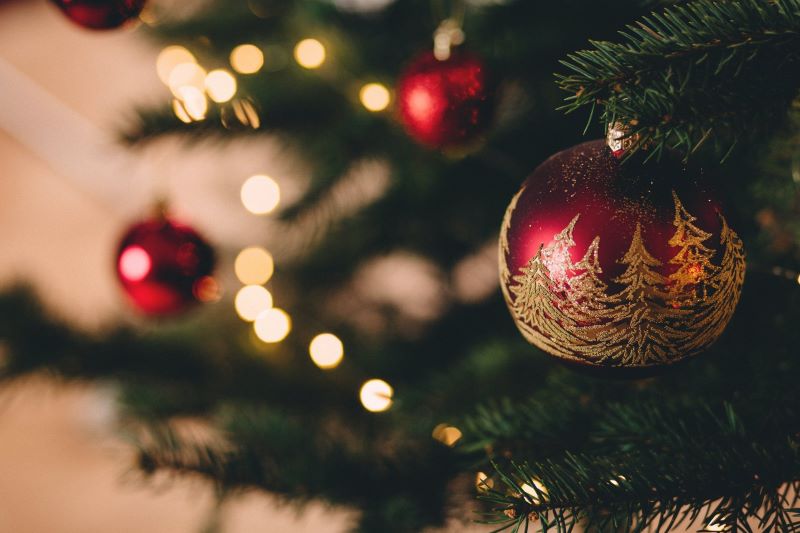Choosing an artificial tree doesn’t mean you have to give up the look and taste of your preferred Christmas tree. The nuances of color and needle texture are created based on the real species when we create our Balsam Hill Christmas trees. Plus, they never need to be pruned and require little maintenance.
NEEDLE TYPE
A needle type is classified by the material it is made from. A polyethylene (PE) needle has more dimension than a PVC needle, which is flat and somewhat papery. An artificial Christmas tree may feature both of these– and the PE count is just as high as how realistic the tree seems.
TRUE NEEDLE
Injection-molded PE needles modeled after natural evergreens from Balsam Hill’s collection replicate their texture, structure and color variations
CLASSIC NEEDLE
Featuring the classic look of an artificial Christmas tree with soft, flat, and bendable PVC needles
LEVELS OF REALISM
A tree is realistic based on the kinds of needles it has. And at Balsam Hill, trees are categorized into three main levels.
MOST REALISTIC
Featuring more than 65% True Needle (PE) foliage in conjunction with Classic Needles (PVC) beside the trunk for additional depth
REALISTIC
Mixing up to 65% traditional needle (PE) foliage and classic needle (PVC) foliage for a great look that’s affordable and realistic
TRADITIONAL
Featuring 100% Classic Needle (PVC) foliage, these are our most economical trees.
SPECIES
You may have a special connection to certain species because of your childhood Christmas trees. So we use real branch clippings as inspiration and create molds of highly realistic artificial Christmas trees based on them.
FIR
A dense clump of branches with thin needles that sprout from the stem individually
SPRUCE
Stems with needles that grow in single strands. In contrast to firs, spruce needles are four-sided and have sharp tips
PINE
Sparser branches surrounding the trunk, with needles clustered in twos, threes, or fives
